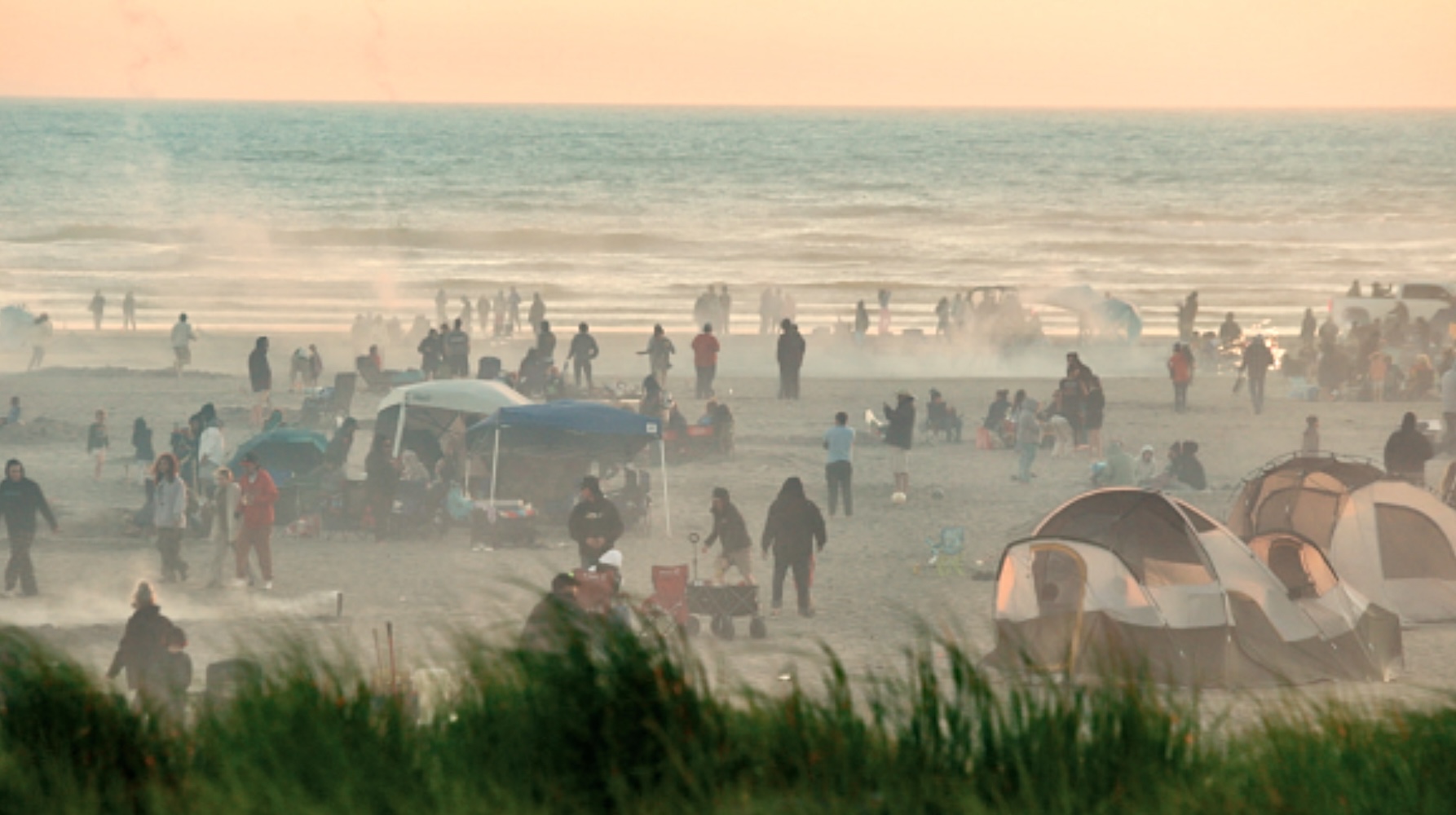Birding: Wind, weather and early-spring birds
Published 7:02 am Wednesday, February 26, 2025

- Red-winged blackbird males are here already! I like to think of them as a harbinger of spring. The males are singing their hearts out but no one is listening! Their female mates haven’t arrived here yet.
We recently experienced rainy days, and high winds. Sunshine will still sometimes elude us, but not to despair — the birds are still around to entertain us with their behavior.
Just yesterday, dark-eyed juncos and two Steller’s jays braved the winds and flew up to the top deck to find the small black sunflower seeds placed in a makeshift feeder quite a bit higher up than the usual location.
But guess who found the new location first? It was the chestnut-backed chickadees! As mentioned in a previous article, they are leaders in the art of finding food sources. They know that when a carpenter is working on the deck, and in fact replacing it, that the feeders will need to be placed elsewhere. They didn’t disappoint. They were on it! As we set up two new feeding stations there, they were in waiting made possible, I think, by a short break in the falling rain.
The sun appeared in the afternoon, so the songbirds were out. Male red-winged blackbirds were singing their hearts out at Hines Marsh, but no one was listening (except for me!) because their females counterparts have yet to arrive on the Peninsula.
Bald eagles aren’t deterred by rain. Friday, Feb. 21, was the best day both weather- and tide-wise for the Winter Raptor Survey on the peninsula. Can you believe that 50 bald eagles (37 adults and 13 sub-adults) were observed that day?
Other raptors ventured out as well. While it was an overcast day, it was better for foraging than doing it in raging winds and heavy rain. Four red-tailed hawks, five American kestrels and one northern harrier rounded out the day’s count. These are four of the big five species that have been seen during the winter raptor survey for the past 20 years.
Dunlins are still foraging and resting in large numbers on the ocean beach. Sanderlings were few and far between the day of our raptor count. Black-bellied plover numbers were not as numerous as they were in January. No peregrines were present that day, but hope springs eternal! We hope to see at least one on the March survey.
The bald eagles have been patrolling Willapa Bay. Many were seen sitting on the mudflats, just waiting for the right moment to snag a northern pintail, or perhaps an American wigeon for lunch! Many of the eagles we saw were perched with outstretched wings, hoping to dry off before the next deluge! The northern harrier also went on patrol when the weather broke, even if it was for just an hour or so. It flew low over the wetlands as it hunted for small mammals and rodents. It’s easy to ID if you catch a glimpse of its white rump! The male is a ghostly gray and the female is brown. The white rump sure stands out!
A common loon has been foraging in the Nahcotta harbor today along with a horned grebe and several pairs of mallards. A male belted kingfisher flew by. It usually appears whenever we visit the port. He is a regular!
The American robin has returned in large numbers accompanied by small flocks of varied thrush. This suggests that despite it still being winter, spring is just around the corner! Soft, silvery pussy willows were out, another sure sign that spring is on its way.
Waterfowl were hunkered down in Willapa Bay near the shoreline during the rainy parts of the day. A few great blue herons foraged on the mudflats, even in the rain.
As I write this, today is Feb. 25, and with it in the wee hours of the morning a raging storm materialized. It featured winds of up to 90 miles per hour accompanied by rain. Thus, we woke up to a power failure at 2 a.m. This meant that the well would not work so water has been at a premium, the internet was out, and it was extremely dark! Nevertheless by morning it was clear that the birds seem to have fared well.
The storm turned the high tide into a mini-king tide! Mallards, northern pintails, American wigeons, greater yellowlegs, and a great blue heron were feasting on the nutrients churned to the surface by the extra high tide. And the raptors, especially the bald eagles, of course, were perching and hunting for breakfast and lunch — or maybe it was brunch!
The sun appeared in the afternoon, so the songbirds were out. Male red-winged blackbirds were singing their hearts out at Hines Marsh, but no one was listening (except for me!) because their female counterparts have yet to arrive on the peninsula. The males come first, and the females come later. Varied thrushes and robins were visible and golden-crowned sparrows were foraging along the roadside. Red crossbills were chirping away high in the evergreens, and the Anna’s hummingbird, chestnut-backed chickadees and the red-breasted nuthatch returned to the feeders.
Nature had come alive! It was a joy to see and know that the birds of the peninsula had weathered the wind and the weather. Happy birding!









